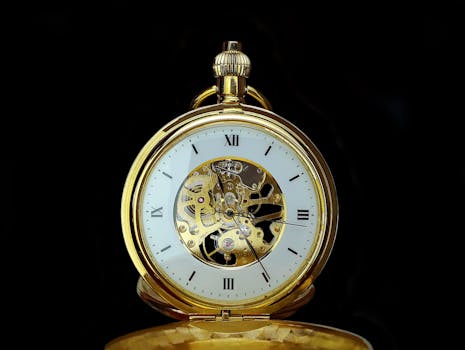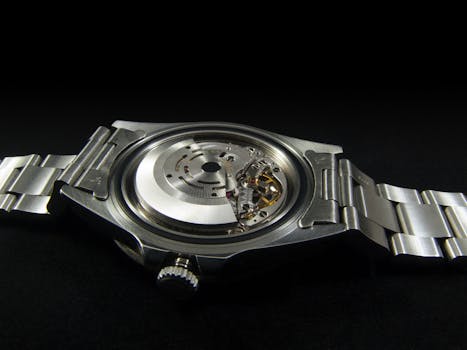
Exploring the Intricacies of Watch Movements: A Comprehensive Guide
Takeaways: Understanding watch movements is essential for any watch enthusiast. This article delves into the three primary types of watch movements: mechanical, quartz, and automatic. We will explore their construction, advantages, and the impact they have on watch performance and reliability.
Watches are more than just tools for telling time; they are intricate machines that embody artistry and technology. At the heart of every watch lies its movement, the mechanism responsible for keeping time. In this article, we will explore the different types of watch movements, helping you appreciate the craftsmanship that goes into each timepiece.
1. Mechanical Watch Movements

1.1 Manual Mechanical Movements
Manual mechanical watches require the wearer to wind the mainspring by turning the crown. This process stores energy, which is then released gradually to power the movement. Enthusiasts appreciate manual movements for their simplicity and the tactile experience of winding the watch. This connection between the wearer and the watch can evoke a sense of nostalgia and craftsmanship.
1.2 Automatic Mechanical Movements
Automatic (or self-winding) movements enhance the manual winding feature by incorporating a rotor—an oscillating weight that moves with the wearer’s wrist motion. This movement winds the mainspring automatically, ensuring that the watch remains powered as long as it is worn regularly. Automatic watches combine traditional craftsmanship with modern convenience, making them popular among collectors.
2. Quartz Watch Movements

2.1 Precision and Reliability
The primary advantage of quartz movements is their accuracy. Unlike mechanical watches, which can be affected by factors like temperature and gravity, quartz watches are remarkably stable. This reliability makes them a preferred choice for everyday wear.
2.2 Low Maintenance
Quartz watches require less maintenance compared to their mechanical counterparts. A simple battery replacement every few years is usually all that is needed. This practicality appeals to those who prefer a hassle-free timekeeping experience without compromising on style.
3. Comparing Mechanical and Quartz Movements

3.1 The Collector’s Perspective
For collectors, mechanical watches often hold more value. The intricate workings of a mechanical movement can be a source of fascination, and brands that produce high-quality mechanical watches often carry a legacy that adds to their appeal.
3.2 Everyday Functionality
For the everyday wearer, quartz watches may be more practical. Their accuracy and low maintenance make them suitable for those who want a reliable timepiece without the extra care required for mechanical watches. Ultimately, the choice between mechanical and quartz movements reflects the wearer’s lifestyle and appreciation for horology.
4. The Future of Watch Movements

Understanding the different types of watch movements enhances our appreciation for the art of horology. Whether you lean towards the classic charm of mechanical watches or the precision of quartz, each movement type tells its own story and reflects the ingenuity of watchmakers around the world.






